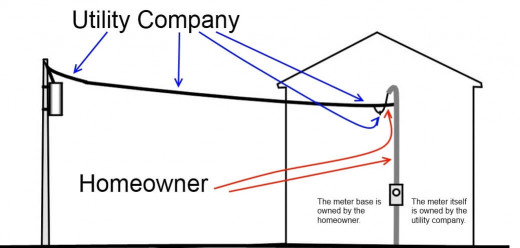Basic Types of Surge Protectors for Your Home



Defenders of the Home
TYPE 1
All homes should have some sort of electrical surge protection device to prevent costly damage to appliances and electronic equipment that are plugged into the wall outlet. A single lightening strike at the wrong location in your electrical grid or wires supplying current to your home just may fry many appliances. That said, such random mishaps can occur up to 30% of the time wherever lightening strikes are common. Many utility companies offer a Type 1 protector that is attached to your electrical meter outside the home. You rent these for around $10 a month. While this type can divert most of the surge, some will leak through to your circuit box in the garage or home. This can still cause considerable damage to appliances that consume large amounts of electricity.
TYPE 2
This is where Type 2 is. It is one that is fairly inexpensive to install by the homeowner after they watch a few YouTube videos. If you plan to do it, turn off the electricity! That said, this device in attached and wired into the circuit panel for your home and will further protect devices plugged into the wall.
TYPE 3
This is the type most people are familiar with. These can be power strips with surge protection, wall outlets with surge protection. Your appliances or electronics are then plugged into them.
Surges
An electrical surge can come from a lightening strike on a grid or lines leading to homes, but is the least common in many places. A surge can from from appliances that consume heavy amounts of electricity when operated and they are on the same circuit breaker from within the home.
Surge protection is nothing more than the device diverting the excess amount of voltage back into the line and being grounded (absorbed). But what is important to know about what types?
If you can afford, install all three types. At minimum, have Type 2 and 3. If you cannot afford Type 2, then, Type 3. There are many Type 3 types that are sufficient to protect your equipment. The key thing to look for on the package is its Joule rating. This is the ability of the device to handle excess electrical surges. After a period of time from taking "hits" from surges, the device will no longer protect. This is indicated by a LED on the device.
At the very minimum, the device must have 600 Joule. But, for computers and other consumer electronics, it is best to have at least 1000+ Joules. In general, the higher the Joule rating, the better the device is and will last longer. The better devices with higher joule ratings are above 2000+. They do cost more, but many will also come with warranties that, if used correctly, the manufacturer will replaces electronic losses.








